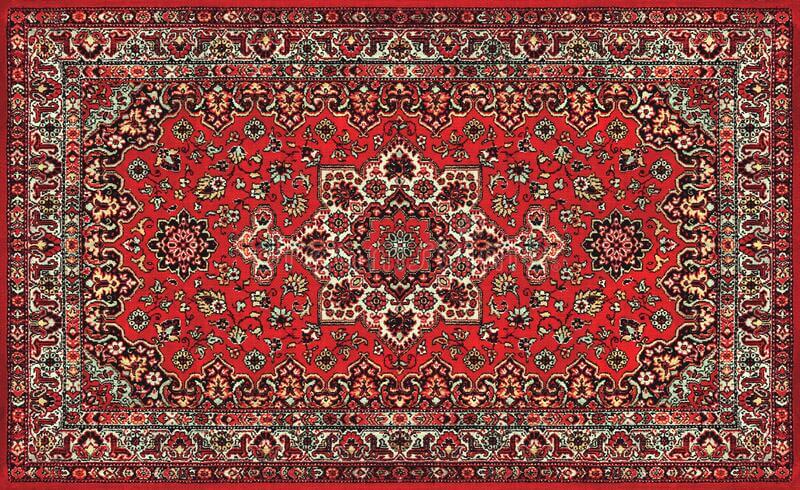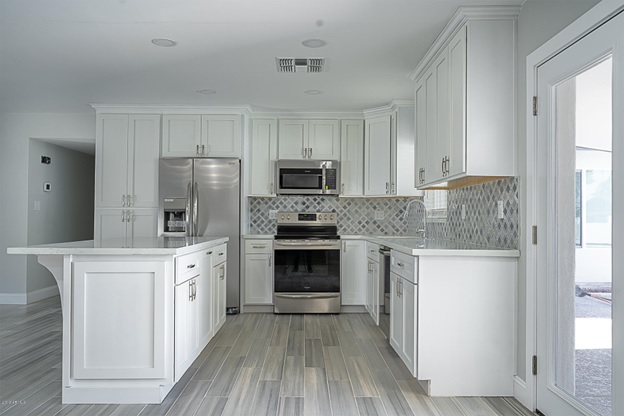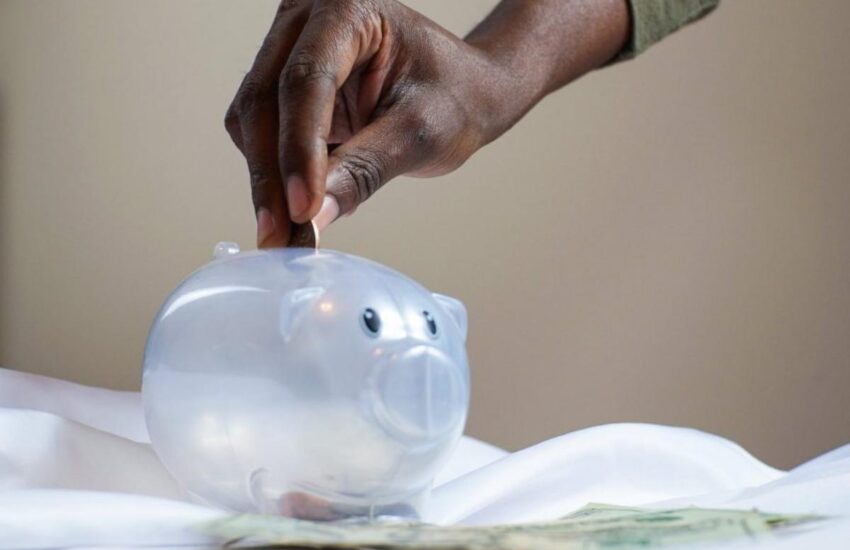Get to know the most important thing about Persian carpets!
Persian carpets are one of the most sought-after rugs in the world. These rugs have been used by royalty, wealthy individuals, and even celebrities for centuries. The first Persian carpet was made around 600 AD, but the true history of Persian carpets dates back over 3,000 years ago. The first Persian carpets were made on looms which were powered by waterwheels or windmills. By the 15th century, the art of weaving Persian carpets had evolved into highly skilled craftsmanship which has not changed much since then.
The most important thing about Persian carpets is their age. The oldest ones are more than a thousand years old, and some of them have been in use for more than a millennium. The next generation of carpets was created in the 17th century and 18th centuries, which is when we see the first examples of modern carpet weaving techniques being used on traditional patterns.
Do you know the most common type of Persian carpets?
Persian carpets are also known for their beautiful designs and colors. While most of these designs are based on geometric patterns, there are also floral motifs animals, and figures that can be found in many carp the most famous type of Persian carpet is the Tabriz rug. These rugs were originally made by weavers from Tabriz in Central Asia, but they have become so popular that they are now produced all over the world. Another popular type of Persian carpet is used in mosques: it’s called Kasrawi (or Chahar-Bazar) and it’s a flat design with motifs woven into it using wool or silk yarns.
What technique was used for the composition of Persian carpets?
Persian carpets have been produced in Iran since at least 532 CE. The technique used to produce them has changed significantly over time and through trade routes, but they remain popular today because they offer both beauty and comfort. Persian carpets are made in many different styles and from different countries. In the United Arab Emirates and other Persian Gulf countries, they are made by hand on looms that produce a checkerboard pattern. The Persian carpet is one of the most beautiful and popular designs in the world. It is a large area of fabric that is used for covering the floor in a room or other structure. When it comes to quality, there are two types of Persian rugs: hand-knotted and machine-made. The hand-knotted rugs are much more expensive than those made by machines.
In Iran and Afghanistan, they are made on old-fashioned horizontal wooden looms called charges. The rugs are woven as flat weaves or as pile rugs. In India, Pakistan, and Sri Lanka, they are woven on vertical loom-like machines called jacquards. These machines create a very intricate pattern of squares within squares that resemble a checkerboard. In Turkey, Syria, and Lebanon, carpets are woven using a technique called tallied; this involves using an overcast frame to create a matrix of small knots within the weave of the carpet’s design. This technique was introduced in the eighteenth century from Persia to Turkey by an Armenian weaver named Haji Nasreddin (1737–1801).








